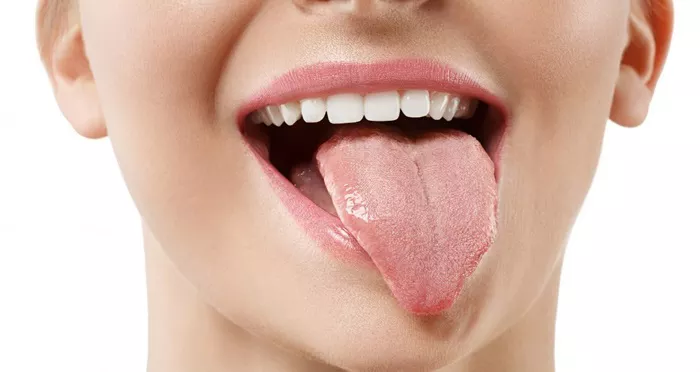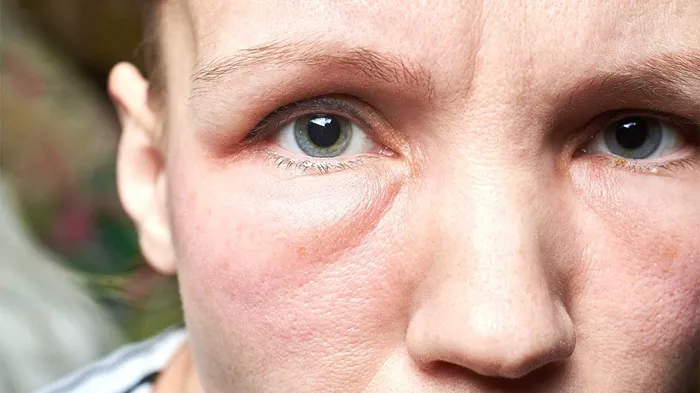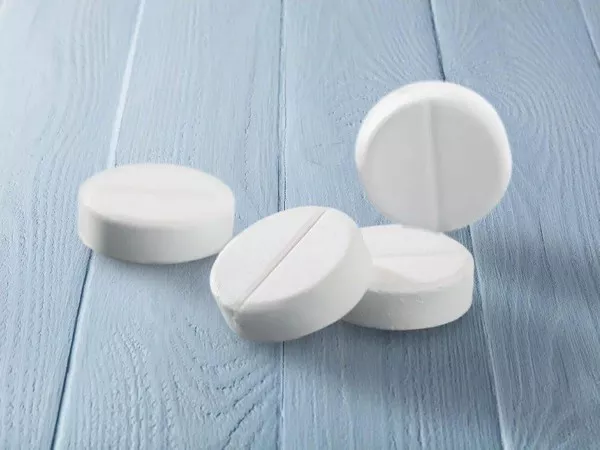Cardiovascular disease remains a leading global health concern, contributing significantly to morbidity and mortality worldwide. Regular physical activity has proven to be a highly effective strategy for both preventing and managing cardiovascular disease. This article delves into the various ways exercise reduces the risk of cardiovascular disease, focusing on its impact on cardiovascular function, lipid metabolism, blood pressure regulation, endothelial health, and its anti-inflammatory and antioxidant effects. By understanding how exercise works to improve these factors, we can raise awareness about its crucial role in promoting heart health. Furthermore, this knowledge can inform tailored exercise recommendations for individuals at risk of or currently living with cardiovascular conditions. How does exercise reduce the risk of cardiovascular disease? Through these multifaceted mechanisms, exercise serves as a powerful tool in enhancing cardiovascular health and reducing disease risk.
Understanding Cardiovascular Disease (CVD)
Cardiovascular disease (CVD) encompasses a group of disorders that affect the heart and blood vessels, such as coronary artery disease, heart failure, and stroke. It is a leading cause of death worldwide, imposing a heavy burden on individuals, families, and healthcare systems. Lifestyle factors, including physical inactivity, play a crucial role in the development and progression of CVD. However, engaging in regular exercise has been consistently shown to have a protective effect against CVD. The following sections will detail the various ways in which exercise mitigates the risk of cardiovascular disease.
Cardiovascular Function Improvements
Enhanced Cardiac Output:
Regular aerobic exercise, such as running, swimming, or cycling, leads to an increase in stroke volume (the amount of blood ejected by the heart per beat). This is due to physiological adaptations in the heart muscle, including hypertrophy (enlargement) of the left ventricle in a healthy manner. The heart becomes more efficient at pumping blood, and as a result, cardiac output (the volume of blood pumped by the heart per minute) is increased. This improved cardiac output allows for better perfusion of tissues and organs, reducing the strain on the heart during normal activities and at rest.
Resistance training, on the other hand, also has beneficial effects. Although it does not increase cardiac output to the same extent as aerobic exercise during the activity itself, over time, it can improve the heart’s ability to respond to stress. Resistance training can lead to an increase in muscle mass, which in turn requires more oxygen and nutrients. The heart adapts by becoming stronger and more capable of meeting the increased demands, thereby enhancing overall cardiovascular function.
Improved Heart Rate Variability:
Exercise training, especially aerobic exercise, has been shown to improve heart rate variability (HRV). HRV is an indicator of the autonomic nervous system’s balance between the sympathetic and parasympathetic branches. A higher HRV is associated with better cardiovascular health. During exercise, the parasympathetic nervous system is activated, and with regular exercise, this activation becomes more pronounced even at rest. The parasympathetic system helps to slow down the heart rate and reduce the risk of arrhythmias. For example, a person who engages in regular jogging may have a more stable heart rate and a reduced likelihood of experiencing dangerous heart rhythm disturbances compared to a sedentary individual.
Lipid Metabolism Regulation
Reduction in Serum Lipids:
Exercise has a significant impact on lipid profiles. It increases the levels of high-density lipoprotein cholesterol (HDL-C), often referred to as “good cholesterol.” HDL-C plays a crucial role in transporting cholesterol from peripheral tissues back to the liver for metabolism and excretion. This helps to prevent the build-up of cholesterol in the arteries. For instance, studies have shown that individuals who engage in regular moderate-intensity exercise, such as brisk walking for at least 150 minutes per week, can experience an increase in HDL-C levels by approximately 5 – 10 mg/dL.
At the same time, exercise can also lower levels of low-density lipoprotein cholesterol (LDL-C), the “bad cholesterol” that is a major contributor to atherosclerosis. Aerobic exercise stimulates lipoprotein lipase activity, which breaks down triglycerides in circulating lipoproteins, leading to a reduction in LDL-C levels. Additionally, exercise can reduce the levels of triglycerides in the blood. High triglyceride levels are associated with an increased risk of CVD, and exercise helps to improve triglyceride metabolism, often leading to a decrease of 20 – 50 mg/dL in triglyceride levels in active individuals compared to sedentary ones.
Inhibition of Lipid Oxidation and Inflammation in the Arteries:
Exercise-induced changes in lipid metabolism also affect the oxidative and inflammatory processes in the arterial walls. Oxidized LDL-C is a key factor in the initiation and progression of atherosclerosis. Regular exercise can reduce the oxidation of LDL-C by enhancing antioxidant defenses in the body. For example, exercise increases the activity of antioxidant enzymes such as superoxide dismutase and glutathione peroxidase. This helps to prevent the formation of oxidized LDL-C and its subsequent uptake by macrophages in the arterial intima, which is a crucial step in the development of atherosclerotic plaques.
Moreover, exercise has anti-inflammatory effects. It reduces the production of pro-inflammatory cytokines, such as interleukin-6 and tumor necrosis factor-alpha, in adipose tissue and the vascular endothelium. By decreasing inflammation, exercise helps to stabilize existing atherosclerotic plaques and reduces the risk of plaque rupture, which can lead to acute cardiovascular events like myocardial infarction or stroke.
Blood Pressure Regulation
Acute and Chronic Effects on Blood Pressure:
During exercise, there is an acute increase in blood pressure due to the increased cardiac output and peripheral vascular resistance. However, with regular exercise training, the body adapts, and both systolic and diastolic blood pressure are reduced at rest. Aerobic exercise, in particular, has been shown to have a significant hypotensive effect. For example, in individuals with mild to moderate hypertension, regular aerobic exercise can lead to a reduction in systolic blood pressure by 5 – 10 mmHg and diastolic blood pressure by 3 – 5 mmHg.
The mechanisms underlying this blood pressure reduction are multifactorial. Exercise helps to improve the elasticity of the arteries, reducing arterial stiffness. It also promotes vasodilation by increasing the production of nitric oxide in the endothelial cells. Nitric oxide is a potent vasodilator that relaxes the smooth muscle cells in the arterial walls, allowing for increased blood flow and a reduction in peripheral vascular resistance. Additionally, regular exercise can lead to a reduction in sympathetic nervous system activity, which is involved in blood pressure regulation. By decreasing sympathetic outflow, the heart rate and vascular tone are better controlled, contributing to lower blood pressure levels.
Role in Preventing Hypertension Development:
Engaging in regular physical activity from an early age can also prevent the development of hypertension. Inactive individuals are at a higher risk of developing high blood pressure over time. Exercise helps to maintain a healthy body weight, and obesity is a major risk factor for hypertension. By burning calories and increasing muscle mass, exercise helps to reduce body fat percentage. Furthermore, exercise-induced improvements in insulin sensitivity and glucose metabolism also play a role in blood pressure regulation. Insulin resistance is associated with hypertension, and exercise helps to improve insulin action, thereby reducing the risk of hypertension development.
Endothelial Function Enhancement
Increased Nitric Oxide Production:
The endothelium, the inner lining of blood vessels, plays a crucial role in maintaining vascular homeostasis. One of the key mechanisms by which exercise benefits the endothelium is by increasing the production of nitric oxide. Aerobic exercise stimulates the endothelial cells to produce more nitric oxide synthase, the enzyme responsible for nitric oxide synthesis. Nitric oxide then diffuses into the smooth muscle cells of the arterial walls, causing them to relax and leading to vasodilation. This improved endothelial function is essential for normal blood flow and helps to prevent the development of endothelial dysfunction, which is an early step in the pathogenesis of CVD. For example, in a study of sedentary individuals who started a regular aerobic exercise program, there was a significant increase in nitric oxide levels in the blood vessels within a few weeks of starting exercise, accompanied by improved vascular reactivity.
Exercise also helps to maintain the integrity of the endothelial cells. It promotes the expression of genes involved in endothelial cell repair and survival. This is important because damaged endothelial cells can lead to the adhesion of platelets and leukocytes, initiating an inflammatory cascade and promoting atherosclerosis.
Reduction in Endothelial Inflammation and Oxidative Stress:
As mentioned earlier, exercise has anti-inflammatory and antioxidant effects that are beneficial for the endothelium. By reducing the production of pro-inflammatory cytokines and increasing antioxidant defenses, exercise helps to protect the endothelium from oxidative stress and inflammation. Endothelial cells are constantly exposed to reactive oxygen species (ROS) generated during normal metabolism and in response to various stimuli. Excessive ROS production can damage the endothelium and lead to endothelial dysfunction. Regular exercise helps to scavenge these ROS and maintain a healthy redox balance in the endothelial cells. For example, exercise-induced activation of antioxidant pathways helps to neutralize free radicals and prevent lipid peroxidation in the endothelial cell membranes, thereby preserving endothelial function and reducing the risk of CVD.
Anti-Inflammatory and Antioxidant Responses
Systemic Anti-Inflammatory Effects:
Exercise has a profound impact on the body’s inflammatory status. It reduces the levels of chronic low-grade inflammation, which is associated with the development of CVD. As mentioned, it decreases the production of pro-inflammatory cytokines in adipose tissue and the vascular endothelium. Additionally, exercise can also modulate the immune system. It promotes the production of anti-inflammatory cytokines, such as interleukin-10, and induces the activation of regulatory T cells. These regulatory mechanisms help to dampen the inflammatory response in the body. For example, in patients with rheumatoid arthritis, a condition associated with systemic inflammation and an increased risk of CVD, regular exercise has been shown to reduce joint inflammation and also improve markers of cardiovascular inflammation, such as C-reactive protein levels.
Exercise also affects the function of macrophages, which are involved in the immune response and inflammation. In adipose tissue, exercise can change the phenotype of macrophages from a pro-inflammatory M1 state to an anti-inflammatory M2 state. This shift in macrophage function helps to reduce local and systemic inflammation and is beneficial for cardiovascular health.
Antioxidant Defense Enhancement:
The body’s antioxidant defense system is enhanced by exercise. As mentioned, exercise increases the activity of antioxidant enzymes such as superoxide dismutase, catalase, and glutathione peroxidase. These enzymes help to neutralize reactive oxygen species (ROS) and prevent oxidative damage to cells and tissues. In addition to enzyme activation, exercise can also increase the levels of non-enzymatic antioxidants, such as vitamins C and E and glutathione. For example, regular exercise has been shown to increase the levels of glutathione in the liver and other tissues. Glutathione is a powerful antioxidant that helps to protect cells from oxidative stress. By enhancing the antioxidant defense system, exercise helps to reduce the oxidative damage to the cardiovascular system, including the heart, blood vessels, and blood cells, thereby reducing the risk of CVD.
Conclusion
Regular exercise is a cornerstone in the prevention and management of cardiovascular disease. It exerts its beneficial effects through multiple pathways, including improvements in cardiovascular function, lipid metabolism, blood pressure regulation, endothelial function, and anti-inflammatory and antioxidant responses. These physiological adaptations work in concert to reduce the risk of atherosclerosis, hypertension, arrhythmias, and other cardiovascular disorders. Healthcare providers should encourage individuals of all ages and fitness levels to engage in regular physical activity, prescribing appropriate exercise regimens based on individual needs and capabilities. Public health initiatives should also focus on promoting exercise as a means to reduce the global burden of cardiovascular disease and improve overall population health. By understanding the mechanisms by which exercise reduces the risk of CVD, we can better appreciate the importance of an active lifestyle and take proactive steps to protect our cardiovascular health.
Related topics:
How Can You Exercise With Heart Disease?
How Can Beginners Improve Cardiovascular Fitness Effectively?



































